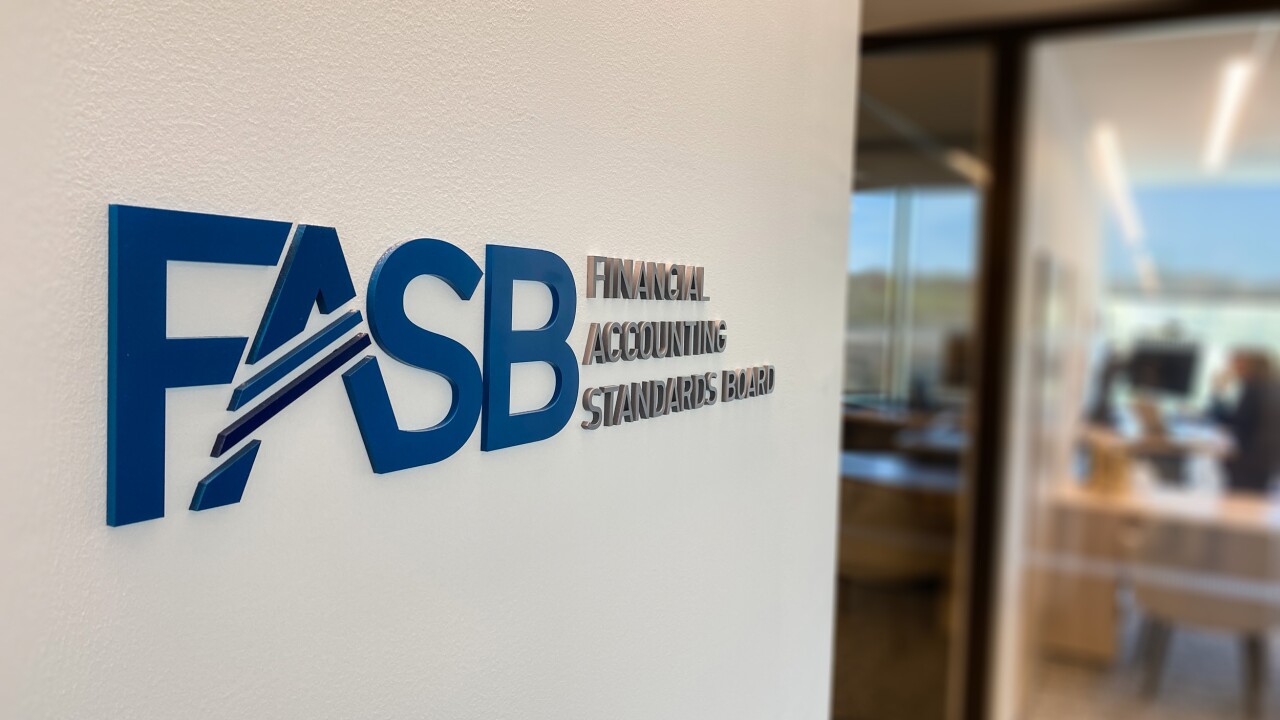ERP company
Co-founder Benedict Dohmen said that they developed their solution in response to the frustrations they experienced with legacy ERP systems. Dohman, alongside co-founder Santiago Nestares, had previously launched a company, Benitago, in college. The company grew fast, going from nothing to $25 million in annual revenue in five years to $100 million in annual revenue shortly after that. Like many such growing companies, they decided they needed a dedicated ERP system as they outgrew their small business-oriented solutions. They chose a popular ERP, but implementation soon turned into an arduous ordeal.
"As a legacy ERP system, it was quite a catastrophe for us. It took us 18 months to go live. It cost us, I think, $150,000 or $200,000 in consultants. Meanwhile, the license still cost us $100,000 so we were paying for a blank screen the whole time. The first implementation failed. We had to switch implementation consultants. Then, even when we were live, it never really worked. We couldn't handle the amount of transactions that we were processing. It didn't have native integration, in this case, to Amazon and Walmart. And so it was very frustrating," he said.

He said he was shocked that, in this day and age, things were still this hard. He noticed that there were a lot of point solutions for HR and payroll and AP/AR that were much more modern and user-friendly versus those contained in legacy ERP systems, which he said "felt like you were stuck in the 1990s still, which is when these systems were born." This inspired them to develop DualEntry.
While many systems have recently added AI features, Dohmen said that this is different from building AI directly into the software. A company might announce that they have a bill scan feature that lets people upload AP documents, which the system will use to populate a form, but he said this is more optical character recognition than AI. A true AI-native solution, according to Dohmen, goes beyond specific point solutions and into general workflow automation.
"What it means to be AI-native is to have AI embedded in the architecture and infrastructure of the system such that you can go workflow by workflow. You can see where accountants spend most of their time, and then you can go workflow by workflow and help automate those with the use of AI. Rather than just something at the surface level, this is deeply embedded in the actual workflow, in the actual product," he said.
Asked to elaborate on the specifics, Dohmen said agents are woven throughout the system and are deeply involved in its functioning in, theoretically, unlimited amounts, saying "you could have a million agents, hypothetically, that run all in parallel and do work for you." So, for example, in the case of a reconciliation, there could be an agent who looks at an individual statement line in a bank feed, another agent looking at just the amount, a third that examines past transactions to see if there's any anomalies, another agent that collects all the information together "and says 'OK, this is the output and this is the likely transaction in the accounting system that this bank statement line will match to, let me suggest that to the user," while another agent offers a confidence score on the other agents' accuracy.
"So think of them as different workers. And then the ultimate output for the user is you have a bank statement line, and on the accounting side, you have a record that the AI suggests for you to create. And then you can hit create," he said, adding that the AI will never post a transaction to their GL, it will only suggest the creation, "and that way, the controller and the finance team is in full control over what gets posted."
The system supports over 13,000 native integrations. Unlike in other cases where companies meticulously build specific integrations one by one, DualEntry's integrations rely on a powerful migration engine that can plug into almost any other API and feed that data into DualEntry's structure. This allows users to build their own integrations for free, as the functionality is built directly into the program itself.
"Traditionally, you'd have to map everything … With this unified API, unified ingestion engine, we're able to plug into all types of variables and stream that data. And so that cuts our integration development time from a traditional down to the dual entry approach by 95%," he said.
Including this engine was not only a technical decision but a business one as well. In one of the company's
"At DualEntry, we felt that pain firsthand to depend on outside consultants for every little change. Say we had a new M&A transaction, we'd have to involve consultants to add that new entity, it would charge another 5 to 15k just for a new company, it would take another two to three weeks or oftentimes more just to add it. Any slight workflow change would have to always depend on those outside consultants," said Dohmen.
DualEntry's mission, according to him, is not to build a network of specialized service providers that provide ongoing revenue since they do not think of themselves as a services company but a software company.
"Our goal and our core competency is to build the best possible and the best on the market, best in the world, accounting software, ERP software in the world," he said.
The kinds of service agreements he talked about are usually a key scaling method for other companies, but Dohmen said that because their migration engine can build integrations without them, there's less need to do so, which then allows them to pass the savings onto the customer. While they do maintain accountants to verify successful migration, because 99% of the work is done through the system itself, it's still a much lower cost.
"We can pass those savings in terms of headcount costs, in terms of time, we can pass those on to the customers. So what … other legacy ERP customers are experiencing today in terms of the different fees, the consultants, the different modules, all of that we can eliminate almost down to almost down to zero," he said.
DualEntry's complete ERP accounting suite covers the full general ledger along with accounts receivable, accounts payable, live bank connections, audit controls, FP&A, and more. DualEntry is built for multientity, multibook, multicurrency accounting, and is designed to scale with businesses from mid-market to IPO without needing add-ons or external IT support calls.





